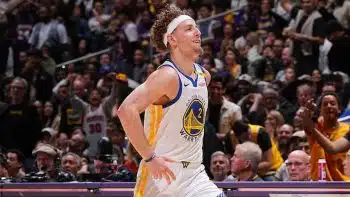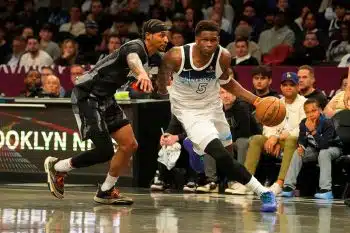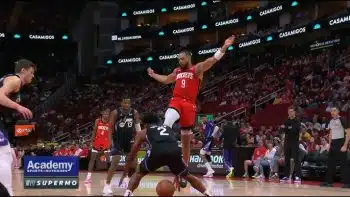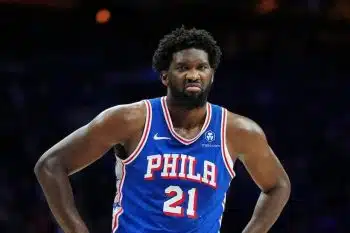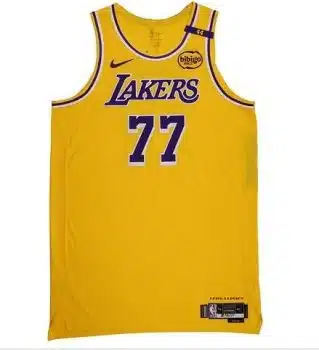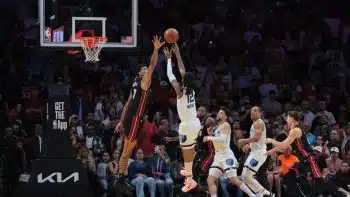NBA
High Complements: On Related Skills and the NBA’s Best Passers
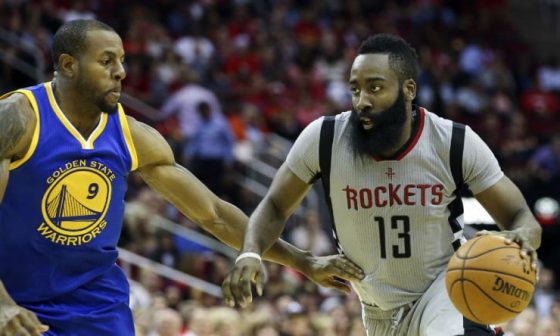
For many a common basketball fan, the tendency to compartmentalize skills as separate, individual tasks is understandable. Elements of the game like shooting, passing, rebounding, running the floor or any of several dozen others look very different; after all, it’s easy to see how quality within a given skill area could be interpreted as its own free-standing conversation. A guy can be a great rebounder but a terrible shooter, so why shouldn’t we address those areas separately?
Reality, though, is near the other end of the spectrum entirely. While it’s true that the occasional on-court skill holds standalone value, most only truly shine through when viewed through the lens of other, complementary talents.
This theme can take numerous forms. A great rim protector is fantastic, for instance, but even one of the best in the league in this distinct area might see his value capped if that’s his only above-average defensive skill. Another guy with similar shot-blocking skills, who also boasts strong lateral mobility and great help defense instincts? That’s not just a better defender – because of the way those other skills make his game more difficult to counter, that’s a better rim protector, even if the ostensible “skills” for that single area are a dead tie.
Layer in rarity of skills for a given position, and a more complete picture of player quality can begin to come into focus. So if our example above turns out to be 6’7 Draymond Green, a guy with all those qualities listed, plus the skills to defend all five positions in a pinch, plus a well-rounded offensive game? That’s a star-level player.
The yin and yang represented by scoring and passing are probably the simplest way to understand the give-and-take of complementary skills. Just look at a player like Rajon Rondo, who has floundered as the NBA has modernized despite prodigious passing talents, in large part due to a total lack of scoring ability. Rondo is an unquestionably great passer, but the value added from Rondo’s passing is capped and limited by his other skills (or lack thereof).
Among elite point creators, neither skill can truly exist without the other. The very best put defenses in a constant state of imbalance: To do what it takes to stop me from scoring, you’ll have to expose yourself somewhere else – and I’ll find that weakness more often than not.
So through this lens, while we typically think of the game’s top point guards as its de facto “best passers” as well, are we compartmentalizing too much? It’s possible. In fact, it’s possible that the two best true passers in the NBA are anything but pure point men.
Within most publicly available passing-related categories, LeBron James and James Harden are merely among the league’s elite. Both were in the top 10 for per-game assists last season, and both consistently rate out as extreme positives using more granular SportVU data provided by NBA.com.
In particular, Harden and James were incredibly efficient distributors among high-volume passers: Both saw over 17 percent of their total passes turn into an assist, a secondary (hockey) assist or a free-throw assist, rarified air only shared by a few names like Chris Paul, John Wall and Russell Westbrook. Given their volume, it’s no surprise both guys also ranked in the league’s top 10 for total points created via assist. Per NBASavant.com, James and Harden led the league outright in assists to corner three-pointers, the most valuable jump-shot in the game.
When we look a little deeper and begin examining complementary skills as well, James and Harden find bits of separation from most of the rest of the pack.
A total of 22 players averaged over 30 points per-100-possessions last season (we’re using per-possession figures for this section to account for differing pace among teams) – James and Harden ranked third and fourth among them in per-possession assists, respectively, trailing only Westbrook and a surprise entry in Reggie Jackson. Only six of these (James, Harden, Stephen Curry, Damian Lillard, Kevin Durant and DeMarcus Cousins) crossed the 35-point line on the year; James and Harden led this group in assists.
Again, it’s important to consider these numbers the right way: In truth, one could view some portion of those points as merely “assists that never happened,” or vice versa. The handful of guys this skilled on both sides of the coin aren’t actively choosing which to pursue – they’re letting typically overmatched defenses dictate how they’re demolished. James or Harden would lead the league in scoring by incredible margins if teams never double-teamed them and always stayed home on shooters, and they’d run away with the assist title if teams overplayed their individual offense every possession. No team is foolish enough to lean so heavily either way, so they ride the middle. They’re not the only players we can say this about, of course, but no one else in the league has combined their volume and efficiency.
In fairness, the gap between these two and a few other elite, high-volume scorer-passer combos probably isn’t enough to distinctly parse them in a vacuum. Guys like Paul, Westbrook, Wall and Curry are all close enough in these observable categories to be within a rough margin for error.
Remember our Draymond example earlier, though? Part of what makes Green’s combination of skills so valuable is how rare they are for someone his size, and therefore at his “traditional” position. If Green entered the league in 1990, he’d have been typecast as a small forward/power forward tweener, perhaps even leaning to the smaller end. But because he has the skills typically reserved for that sort of player plus many of the defensive qualities of an elite interior center, his value skyrockets.
This is what separates James and Harden, and provides the smoking gun for the case for them as the game’s two most valuable distributors. As players with point guard skills but wing size, they become even more valuable. Suddenly, far from it being a problem for Cleveland that their “traditional” point guard is a score-first player who perhaps falls short as an elite distributor, it’s an asset against defenses unaccustomed to defending that way. Harden may have been named the “point guard” by coach Mike D’Antoni over the summer, but his size and skill set makes this a title only – his presence allows the Rockets to play a defensive specialist at the traditional one-spot without sacrificing creation (when Patrick Beverley isn’t injured, that is).
Look, there’s a subjective element here to some degree. The data available to us is strong, but hardly enough to assume we’re seeing 100 percent of the true picture. How exactly one defines “best passer” will come down to arbitrary details more often than not.
Given the measures of value we’re privy to, though, there’s a clear case to be made for LeBron James and James Harden as the two best passers in the world. No one is more adept than these two at leveraging their own scoring skill into high-efficiency looks for teammates. And with both off to scorching starts in the passing department early on in the season, they could be on track to widen the gap even further.
